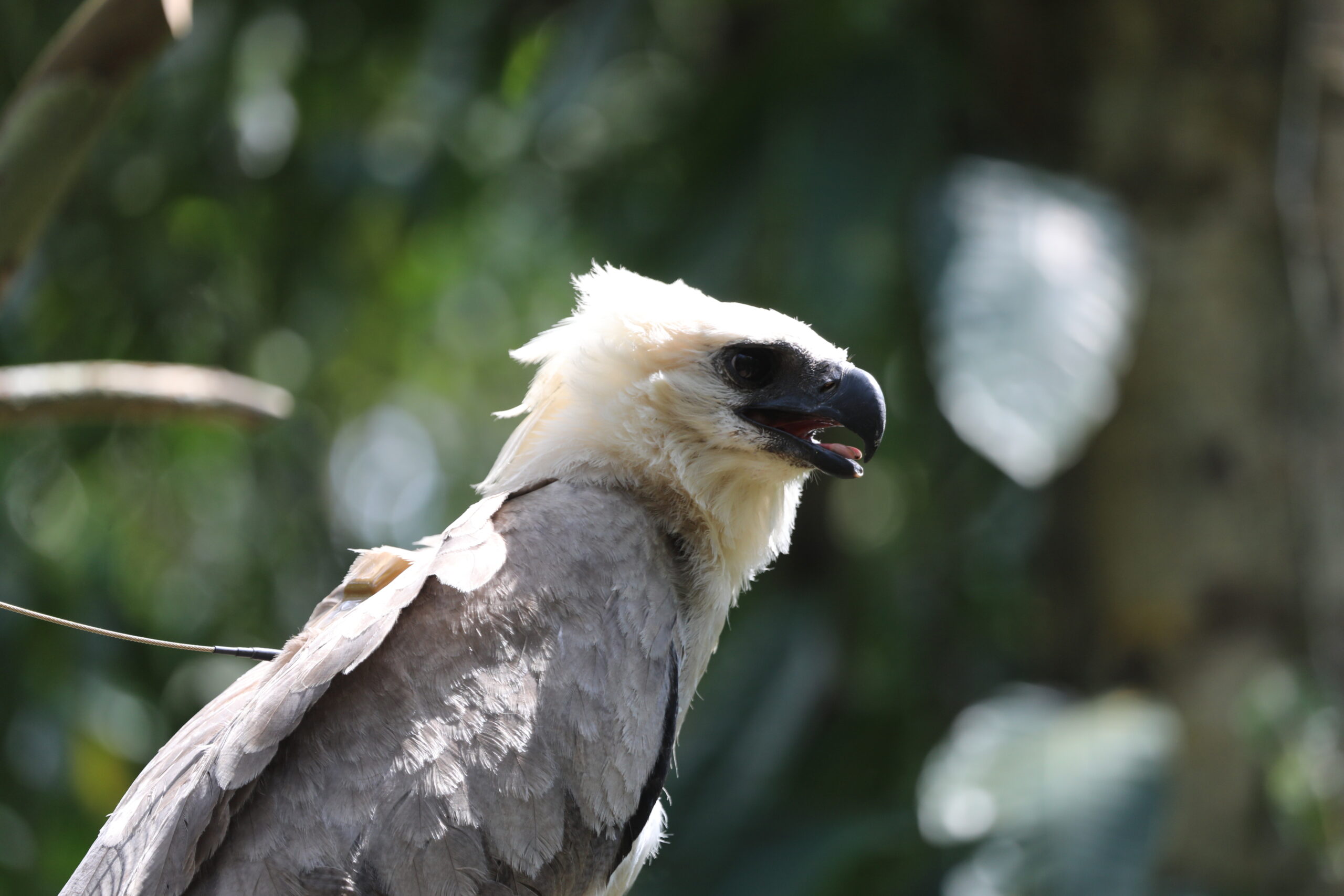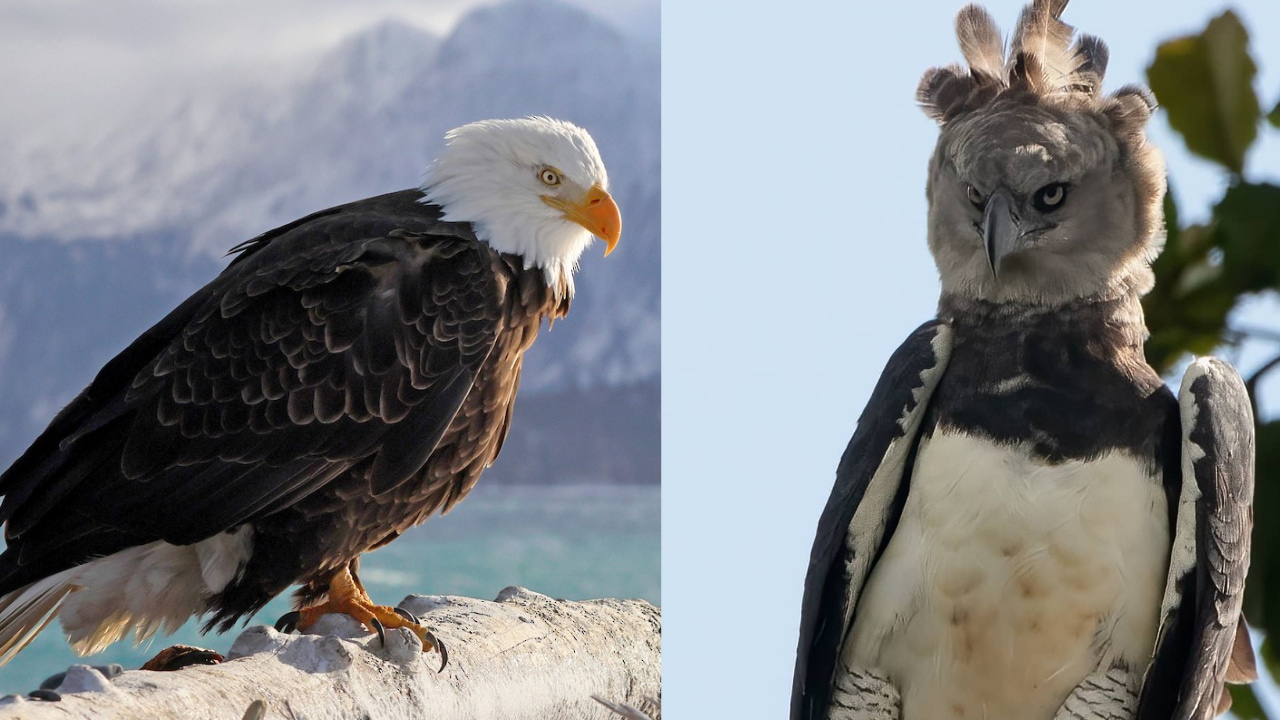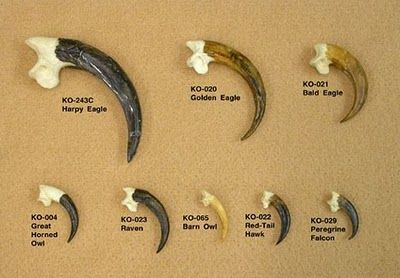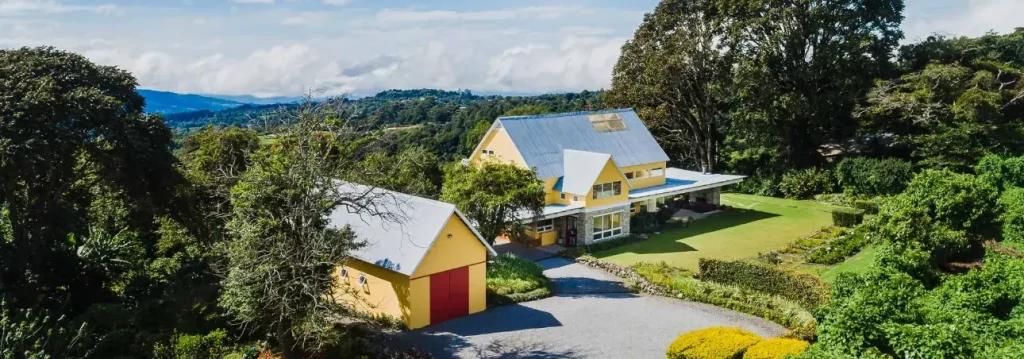The Harpy Eagle, Panama’s national bird, is one of the most powerful raptors on Earth – a striking symbol of the country’s dense rainforests and ecological richness.
In contrast, the Bald Eagle, emblem of the United States, represents liberty and dominance in the open skies.
These two birds, while both eagles and national icons, differ dramatically in their habitats, behaviors, and cultural meanings.
In this article, we briefly compare the Harpy Eagle and the Bald Eagle – examining their physical traits, hunting styles, symbolism, and conservation status – offering insights into how each bird reflects the identity and values of the nations they represent.
Overview
| Feature | Harpy Eagle (Harpia harpyja) | Bald Eagle (Haliaeetus leucocephalus) |
|---|---|---|
| National Symbol of | Panama | United States |
| Conservation Status | Near Threatened | Least Concern |
| Habitat | Tropical lowland rainforests | Near lakes, rivers, and coastal regions |
| Range | Central & South America | North America (mainly Canada, USA, Mexico) |
| Wingspan | Up to 2.2 meters (7.2 ft) | Up to 2.3 meters (7.5 ft) |
| Weight | Females up to 9 kg (19.8 lbs) | Females up to 6.3 kg (14 lbs) |
| Diet | Monkeys, sloths, large arboreal mammals | Fish, small mammals, carrion |
| Nesting Height | 30-75 meters above ground | 10-60 meters, often on tall trees or cliffs |
| Lifespan in the Wild | 25-35 years | 20-30 years |
| Cultural Importance | Emblem of strength, jungle mystique | Icon of freedom, American patriotism |
The Harpy Eagle – Panama’s Mythical Forest Guardian

Physical Power and Presence
The Harpy Eagle is one of the largest and most powerful raptors in the world. Females can weigh almost 20 pounds, and their legs are thicker than a human’s wrist. They have five-inch talons – longer than a grizzly bear’s claws – which allow them to pluck full-grown monkeys or sloths from the canopy with ease.
Unlike open-sky hunters, harpies rely on stealth and brute force. Their short, broad wings are adapted for maneuvering through dense jungle, making them stealth assassins of the rainforest.
Habitat and Range
Harpy Eagles live deep in undisturbed lowland tropical rainforests, nesting in the tallest emergent trees. In Panama, they can be found in national parks like Darién and Soberanía. As apex predators, their presence signals a healthy forest ecosystem.
But due to deforestation and habitat fragmentation, they are now listed as Near Threatened by the IUCN.
Cultural and National Significance
Panama chose the Harpy Eagle as its national bird for its majesty, strength, and role in indigenous mythology. It’s featured on the national coat of arms and has inspired countless legends among indigenous communities, where it symbolizes power and guardianship.
Panama has established conservation programs and educational campaigns to protect the species and instill national pride in this elusive bird.

Bald eagle on ice at Lake Ogallala for general file. Grier, Jan. 13, 2009. Copyright NEBRASKAland Magazine, Nebraska Game and Parks Commission.
The Bald Eagle – America’s Symbol of Freedom
Icon of the Skies
The Bald Eagle was chosen as the national symbol of the United States in 1782. Its white head and piercing yellow eyes represent strength, independence, and sovereignty. Its soaring flight has been immortalized in countless patriotic images and coins.
Bald Eagles are expert fishers with powerful hooked beaks and sharp talons. They are also known scavengers and will often feed on carrion when available.
Habitat and Recovery
Unlike the rainforest-dwelling Harpy, Bald Eagles prefer open spaces near rivers, lakes, and coastlines where fish are plentiful. Their massive nests – sometimes over 2 meters wide -are built in tall trees or on cliffs.
Once endangered due to DDT pesticide use, Bald Eagle populations dramatically rebounded after the chemical was banned in the 1970s. By 2007, the species was removed from the U.S. Endangered Species list and is now considered Least Concern.
Cultural Legacy
As a symbol, the Bald Eagle reflects American ideals – freedom, courage, and resilience. It appears on government seals, currency, military insignia, and monuments across the country.
Its image is not only federal – it resonates with individual identity and civic pride, especially during national holidays and political ceremonies.
Key Differences Between the Harpy and Bald Eagle
| Feature | Harpy Eagle | Bald Eagle |
|---|---|---|
| Hunting Style | Forest ambush predator | Open-air fisher and scavenger |
| Primary Habitat | Dense tropical forests | Open areas near water |
| Visibility to Humans | Rare and elusive | Common in parts of U.S. and Canada |
| Conservation History | Threatened by habitat loss | Conservation success story |
| Cultural Narrative | Jungle mysticism and raw power | Emblem of liberty and national pride |
| Nesting Behavior | High emergent canopy nests | Large open nests reused yearly |
| Flight Pattern | Short glides through trees | Long soaring flights |
Shared Symbolism Across Borders
Despite their ecological and behavioral differences, both eagles play a symbolic role far beyond their biology.
-
Harpy Eagles represent nature’s raw, untamed power and the delicate balance of tropical ecosystems.
-
Bald Eagles embody institutional authority and personal freedom – becoming global icons of nationalism and resilience.
Both species require conservation awareness. The Bald Eagle teaches the success of coordinated environmental policy, while the Harpy Eagle reminds us of what can still be lost without protection.
Conclusion: Two Birds, One Message – Strength in Nature

The Harpy Eagle and Bald Eagle serve as striking metaphors for their countries’ identities. Where the Bald Eagle soars as a symbol of open-sky independence, the Harpy Eagle reigns as a quiet sentinel of the jungle’s ancient strength.
For Panama, protecting the Harpy Eagle is as much about preserving national pride and biodiversity as it is about protecting one of the world’s most powerful birds of prey.
“Casa Solution was instrumental in helping us find our dream property in Panama. Their deep local knowledge and professionalism gave us full confidence.”
Read more testimonials
If you’re interested in living near Panama’s lush forests or want to learn more about areas where Harpy Eagles soar overhead, contact Casa Solution Real Estate for property opportunities in places like Boquete, Volcán, or the Bocas del Toro Province.





